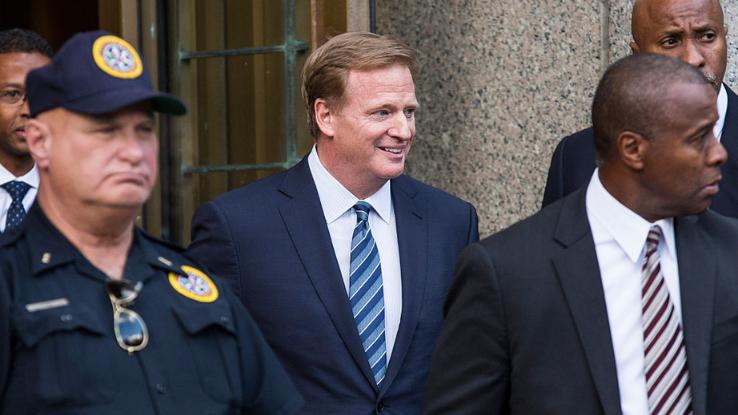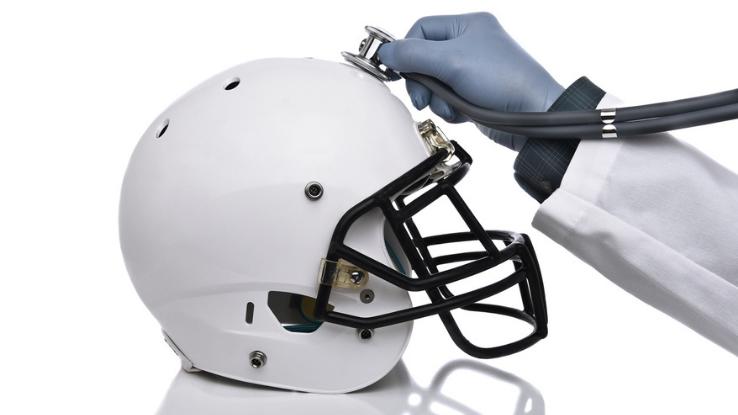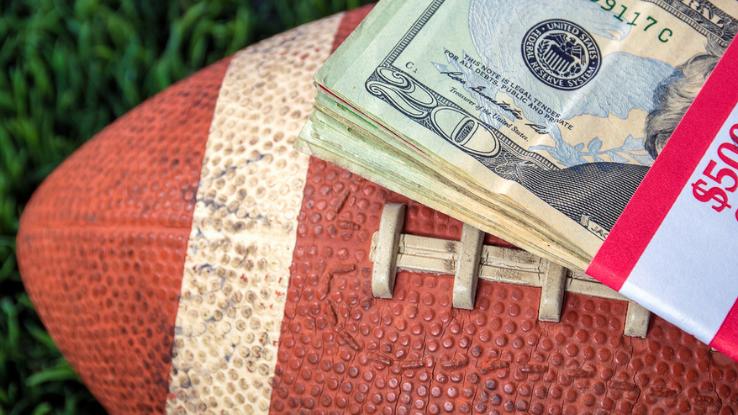Race Norming Explained: How the NFL Dropped the Ball in Concussion Payouts and Protocol

Once again, the National Football League (NFL) is profusely apologizing for its past actions. The NFL’s programming includes some of the most-watched events in the history of TV and streaming. With all that attention, controversy won’t be far. In 2021, the league announced that it will end the controversial practice of race-norming.
Although the league wasn’t supportive of former San Francisco 49ers quarterback Colin Kaepernick’s protests, the NFL has made some attempts to support Black players and draw more attention to racial justice in recent years. The NFL has been working with figures like Jay-Z to help improve their relationship with people of color. Today, “Lift Every Voice and Sing” is performed before every game prior to the national anthem.
The NFL also implemented a vaccine mandate, joining the WNBA as one of two top-tier sports leagues with vaccine mandates. The move may have been controversial with certain players, but the gestures the league is making in the name of player and fan safety isn’t going unnoticed.
But these first steps have been soured by prior problematic actions taken by the NFL. This builds on the NFL’s concussion settlement, which originally went into effect in 2017. The league has paid out more than a billion dollars to former players so far, but most of that money has gone to white players. Why is that? Well, it’s recently come to light that the NFL used the racist practice of race norming in the concussion settlement process, proving how pervasive medical racism remains today. Here, we’ll walk you through what happened.
The History of Race Norming

There have been a number of Civil Rights Acts enacted throughout U.S. history. Most of them have to do with race, particularly the country’s mistreatment of Black Americans and other people of color who have been oppressed since the country’s founding. The United States has tried to do better, but the nation has fallen short on more than one occasion, and the continued pervasiveness of medical racism is one of those occasions.
Implemented in the early 1980s in educational settings, race norming wrongly alleged that Black individuals have a lower cognitive function than white individuals — a view that undoubtedly stems from white supremacy. At some point, the practice left the realm of aptitude testing and made it into medical diagnoses. Nowadays, those who run systems are more likely to change the test or stop a certain test entirely if there’s doubt that a test may be biased against a particular group.
In a 2003 study, Darshali A. Vyas et al. assert that there is not enough data to illuminate these so-called “norms” among other races. People of different races face different challenges, but quantifying that is difficult. In fact, the Civil Rights Act of 1991 ended the practice of race norming in addition to strengthening protections under Title VII, which calls for equal opportunity in employment. “While medical communities largely no longer believe that race is rooted in biological differences — rather, race is a social construct — remnants of this outdated belief remain in institutionalized clinical practices,” Vox notes, and that’s proven by the NFL’s practices.
Applying Race Norming to Concussion Protocol

So, if you’ve never taken an impact test or other type of test that helps diagnose concussions, we’ve got you covered. You start off by taking a series of cognitive tests. You might play a memory match game, answer questions and do other tasks all while your speed and accuracy is measured. This is what’s referred to as a “baseline test.”
For many athletes, the baseline test is where the process stops and they only have to take another impact test after a certain number of years to make sure that the baseline remains the same. For athletes who experience head trauma and other injuries, a second test can be taken that will assess how different the post-injury score is from one’s baseline.
This process has not been perfected. Some athletes will purposely do poorly on their baseline test so that if they do experience head trauma, they might get back on the field quicker. Do not ever do this or encourage that type of behavior. As more cases of CTE are diagnosed, it’s important to remember that no team or title is worth injuring your brain over. What the NFL did to its Black players was akin to someone purposely doing poorly, but much worse.
The NFL applied their race-norming philosophy to the baseline section of measuring concussions. It was assumed that Black players had a lower baseline of intelligence and cognitive function than white players. There’s really no justifying this practice. Ethically and scientifically, there is nothing that argues race norming is okay.
A Different Kind of Reparation: Justice for Race Norming

If this disgusting mindset did not lead to the direct harm of Black football players, significant damage may have been done monetarily. Are white players worth more than Black players? We don’t think so, but if money talks, the NFL just might.
According to Michael E. Lomax, the percentage of Black players in the NFL increased from 12% to 67% from 1960 to 1997. Surveys from 2014 found that 68% of players identified as Black. In 2019, when players had an option for two or more races on the survey, that number fell to 58%, but it doesn’t say how NFL doctors would treat the brains of mixed-race players.
Seeing these numbers, it looks more like the league was trying to keep Black athletes on the field as opposed to worrying about false positives. Concussion protocol has changed significantly in the last decade. Now, football players are expected to play with caution and leave the field after hits that make them feel woozy. Tackling styles have changed, and more types of hits are illegal. Was race norming a disturbing way to keep more players on the field without having to change the rules of the sport? Regardless of the NFL’s intentions, Black players are suffering from this policy. Players are coming together and looking for answers as to why they aren’t being paid the same amount of money for their pain as their white ex-coworkers.
The news of the NFL’s race-norming practice, and how it affected Black players young and old, was startling, but not a complete shock. The NFL may be trying to do some good by implementing vaccine mandates and embracing Black culture, but the league has a long way to go. This is the same league that turned its back on Colin Kaepernick for speaking out against police brutality, and the same league that has done little to hold players accountable in domestic abuse cases. And, of course, this is also the same league that’s paid out over $1 billion due to its mishandling of player safety regarding concussions.
Ending the race-norming practice is a great first step on a path to healing, but the league needs to do much more. Football is considered one of the most deadly sports played today. Its numbers are dwindling as a result. Why should people play a game that’s objectively bad for the body only to get underpaid and mistreated? If the NFL still wants to stick around long-term, league officials will have to make big moves to keep people watching football, let alone playing it.





